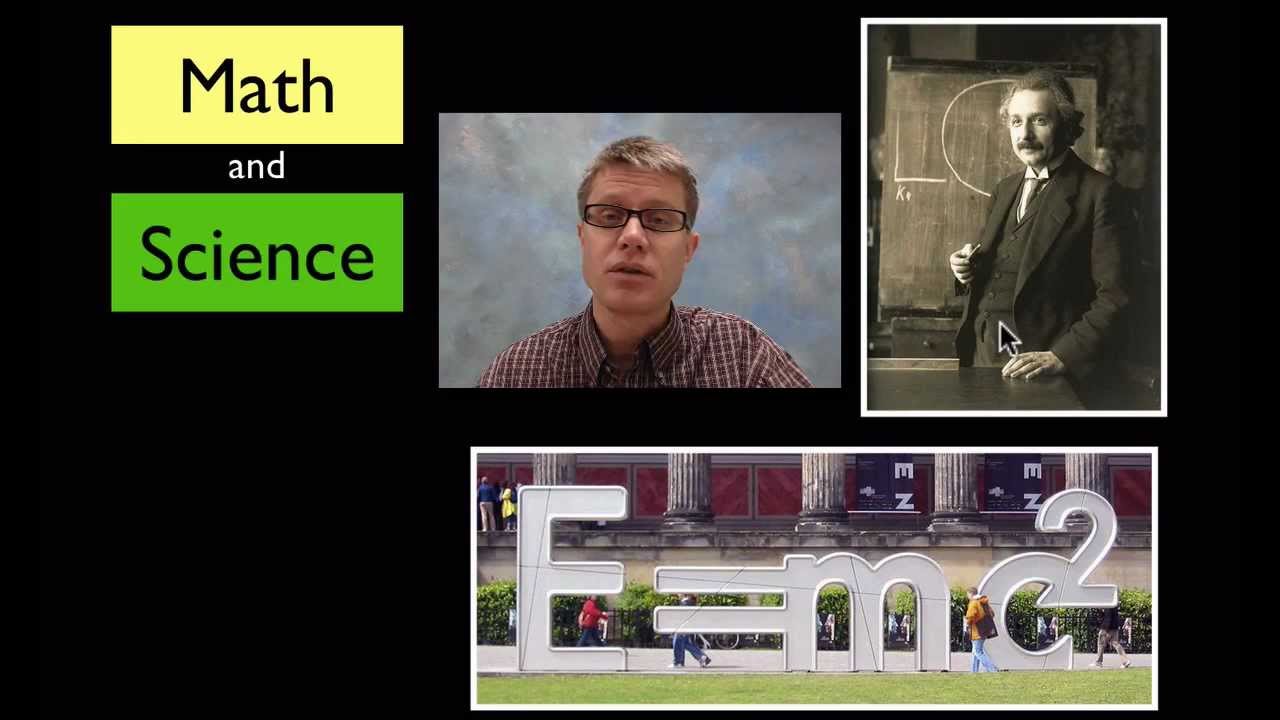PS4.A: Wave Properties
In this video Paul Andersen describes some of the properties of waves. He starts be identifying particles and waves as the only phenomenon that can transfer energy from place to place. He identifies the defining characteristics of waves; wavelength, frequency and amplitude. He defines sound as the movement of compressional waves through air and resonance as waves interfering both constructively and destructively. A teaching progression K-12 is also included.
CCC1: Patterns
Paul Andersen explains patterns and describes why pattern recognition is an important skill in science and engineering. He begins by discussing patterns in nature, including snowflakes, flower petals, seasons and nucleotides in DNA. He then illustrates the importance of classification in describing and eventually understanding patterns. He gives a progression instruction in the science classroom from grade K to 12. A secret pattern is hidden within the video.
SEP5: Using Mathematics and Computational Thinking
Paul Andersen explains how mathematics and computational thinking can be used by scientists to represent variables and by engineers to improve design. He starts by explaining how mathematics is at the root of all sciences. He then defines computational thinking and gives you a specific example of computational modeling. He finishes the video with a teaching progression for this practice.



